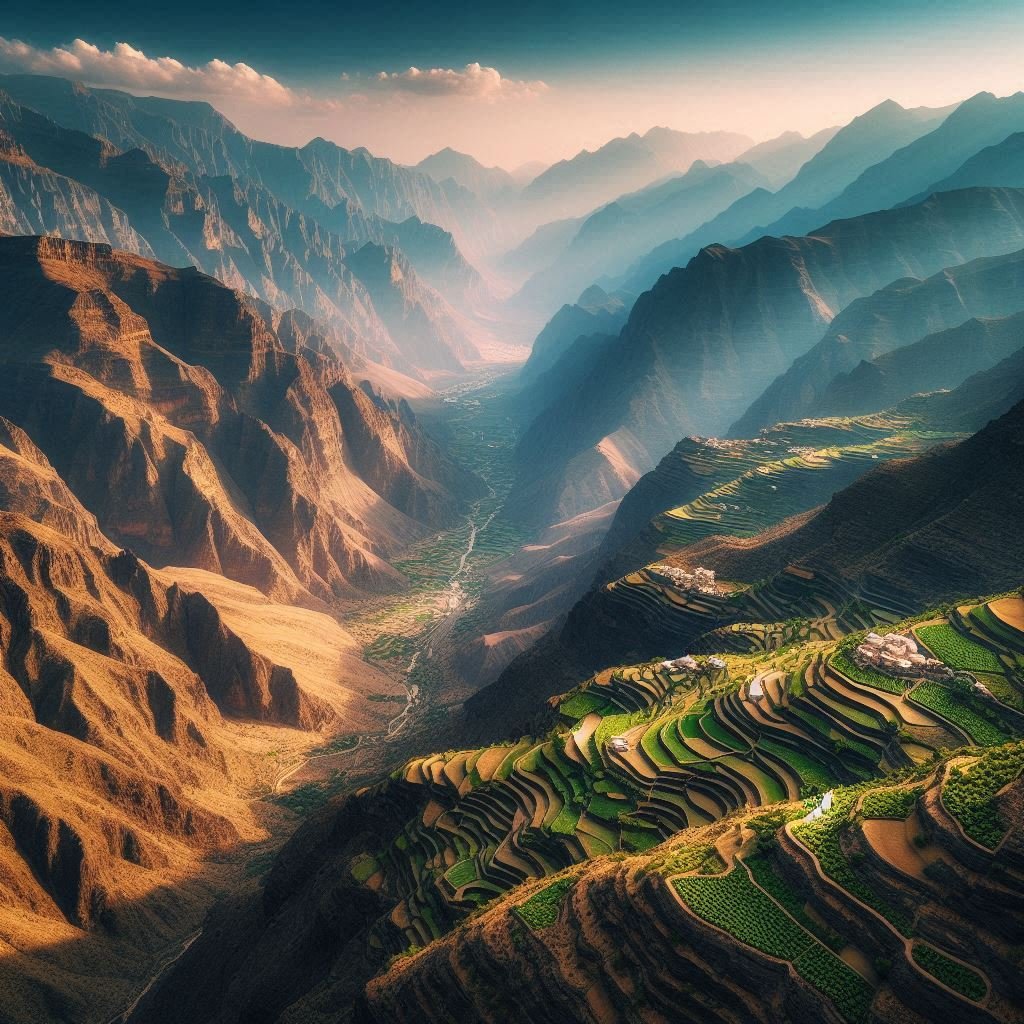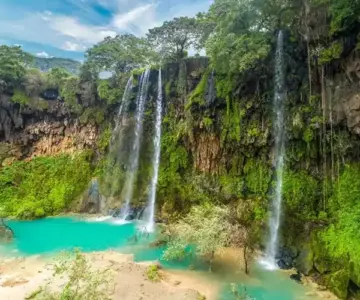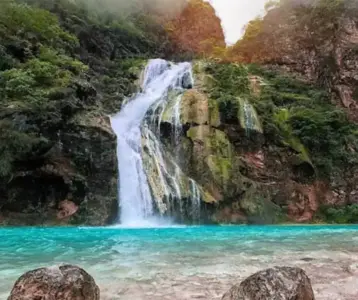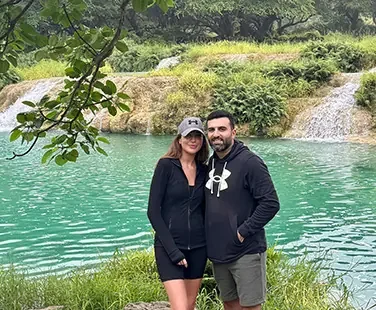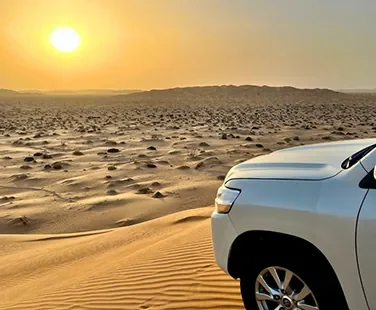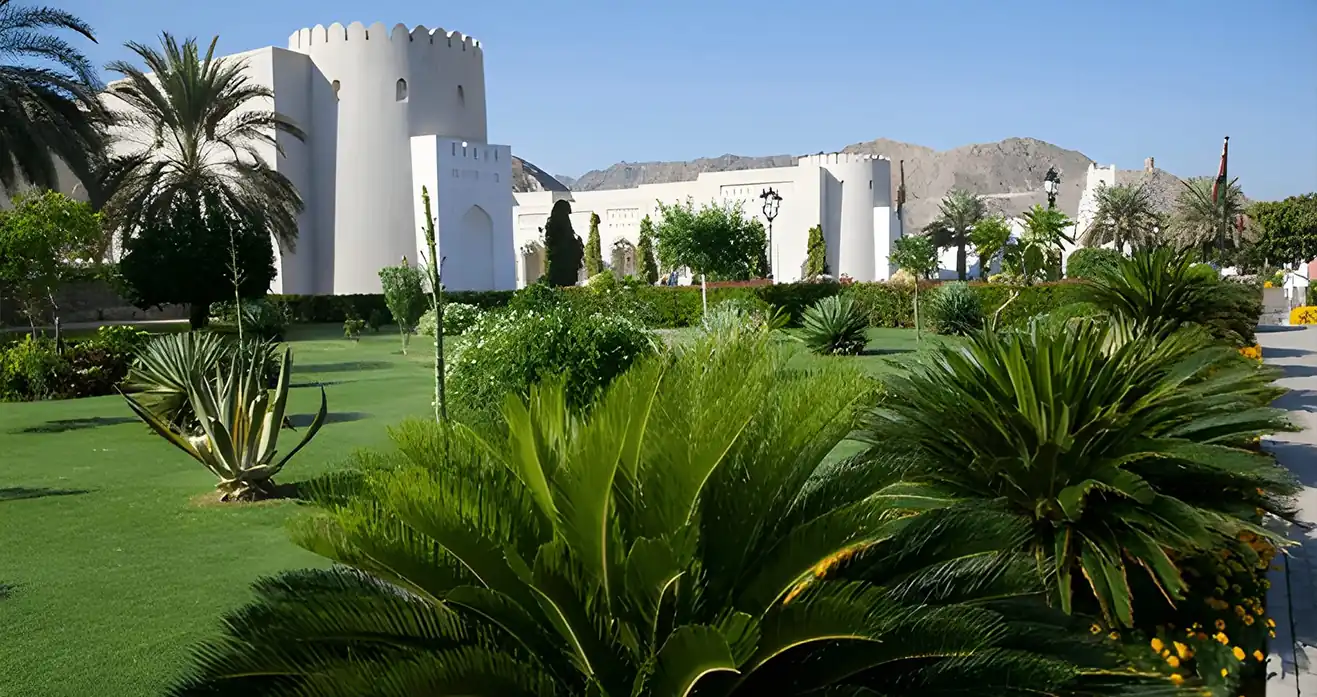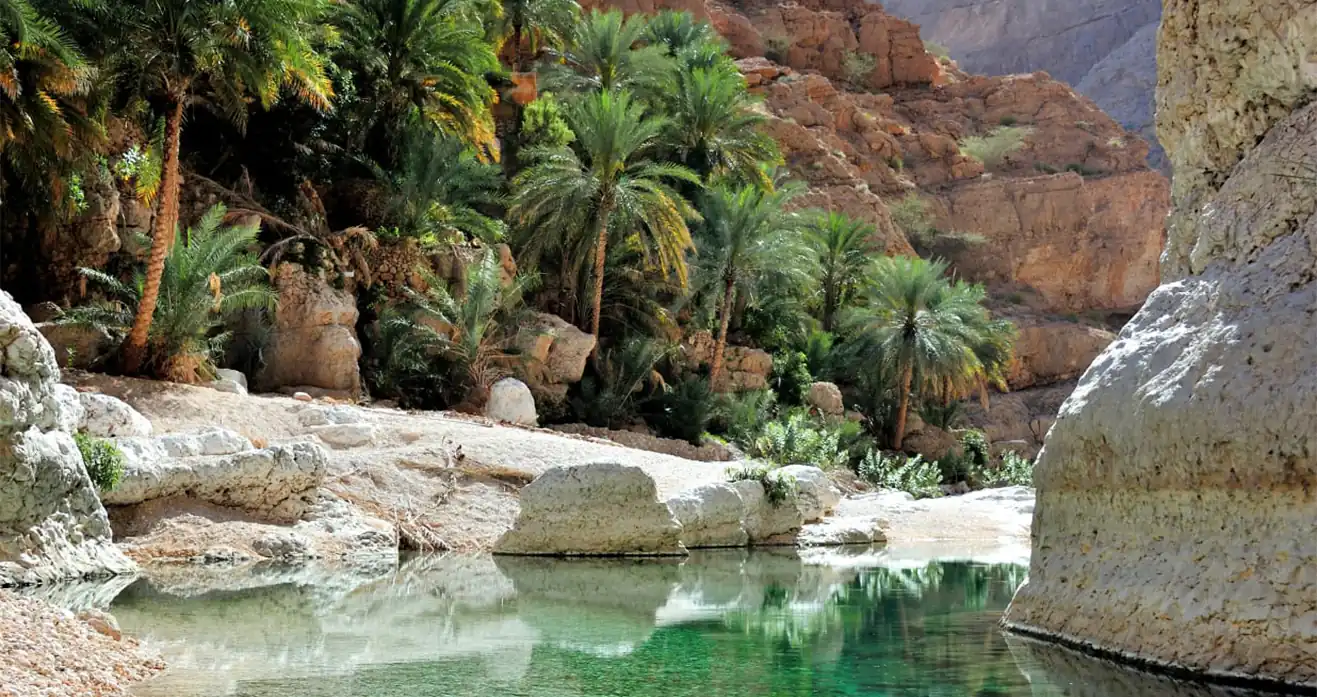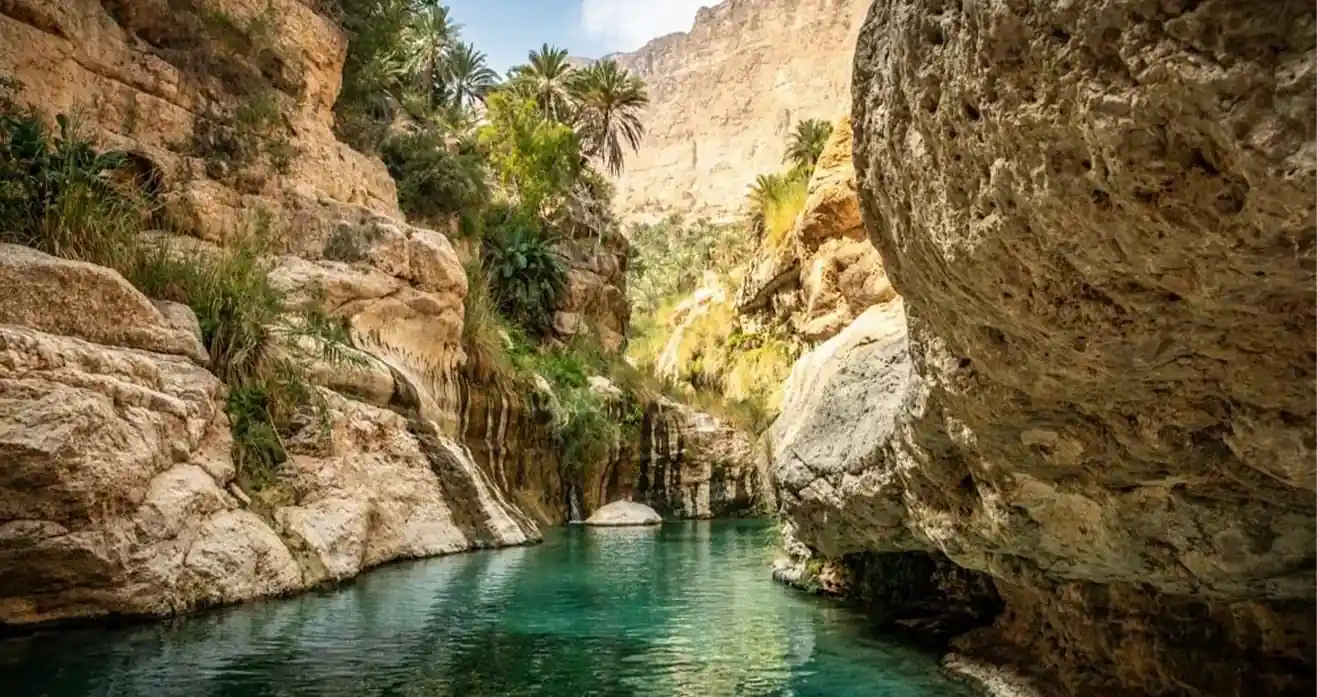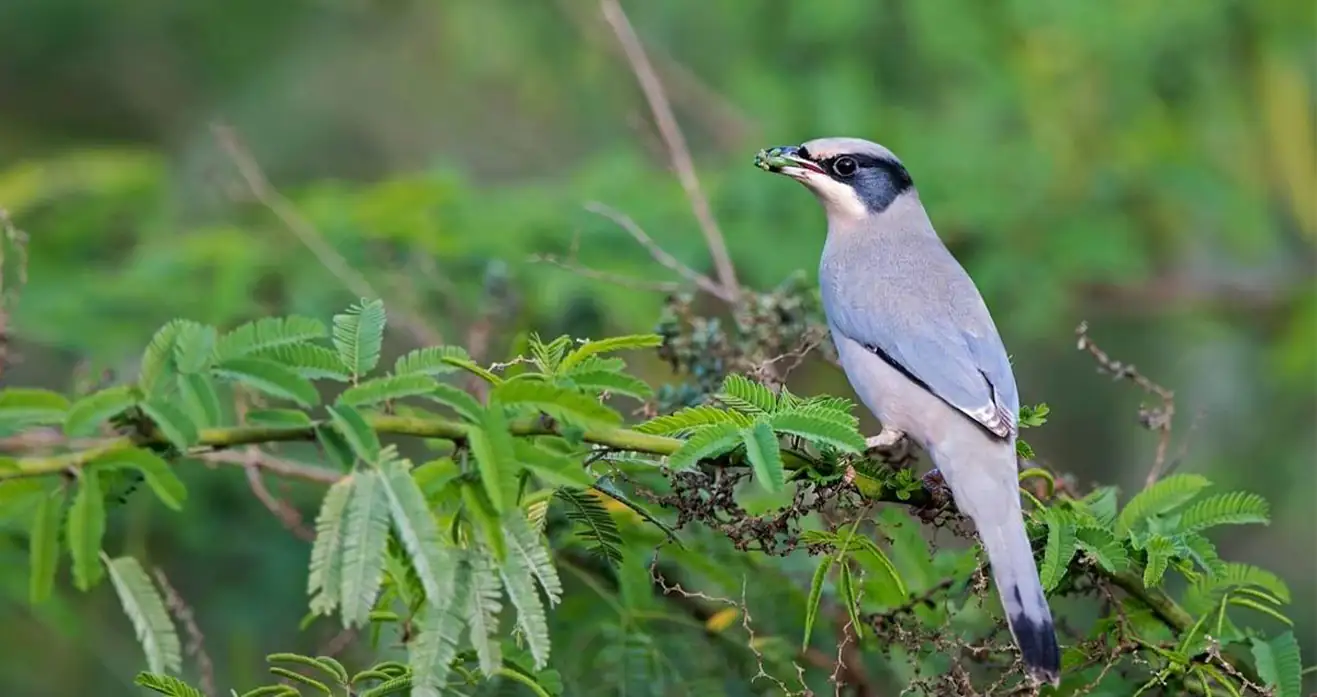Discover Jebel Akhdar: Oman’s Green Mountain Paradise
Jebel Akhdar Oman, which means “Green Mountain” in Arabic, is a stunning area located among the Omani Al Hajar Mountains. This region listed as a UNESCO World Heritage Site, is renowned for its unique climate, stark contrast to the surrounding desert landscapes.
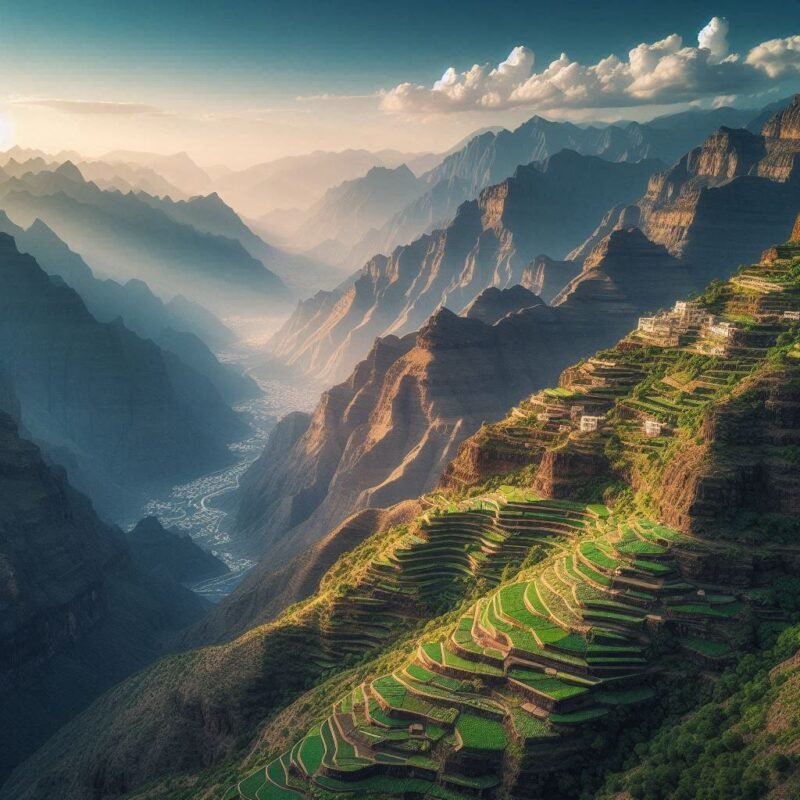
Jebel Akhdar’s breathtaking scenery, characterized by terraced farms clinging to steep slopes, deep wadis, and towering peaks, has earned it a reputation as a must-visit destination for adventure seekers, nature lovers, and photographers alike.
Beyond its visual appeal, Jebel Akhdar Oman holds significant cultural importance, is equally captivating, with ancient falaj irrigation systems and traditional Omani architecture dotting the landscape. This Jebel Akhdar travel guide highlights why it’s an irresistible draw for adventure seekers looking for hiking and climbing opportunities, nature lovers captivated by its diverse flora and fauna, and also photographers eager to capture the awe-inspiring beauty. so plan your Jebel Akhdar Oman tourism experience today and discover the magic of this destination that blends natural beauty, adventure, and cultural richness.
Overview of Jebel Akhdar
Location and Geography
Jebel Akhdar Oman is a prominent part of Oman’s Al Hajar Mountain range, located in the Ad Dakhiliyah Governorate.
- Situated approximately 150 kilometers (93 miles) southwest of Muscat, it is easily accessible by car, making it a popular destination for both locals and tourists.
- The mountain rises to an impressive elevation of 2,980 meters (9,777 feet), offering breathtaking views and a dramatic contrast to Oman’s desert plains.
- Its rugged terrain features deep canyons, limestone cliffs, and terraced farms that cling to the mountainsides, creating a landscape that is both awe-inspiring and unique.
Climate: A Refreshing Contrast
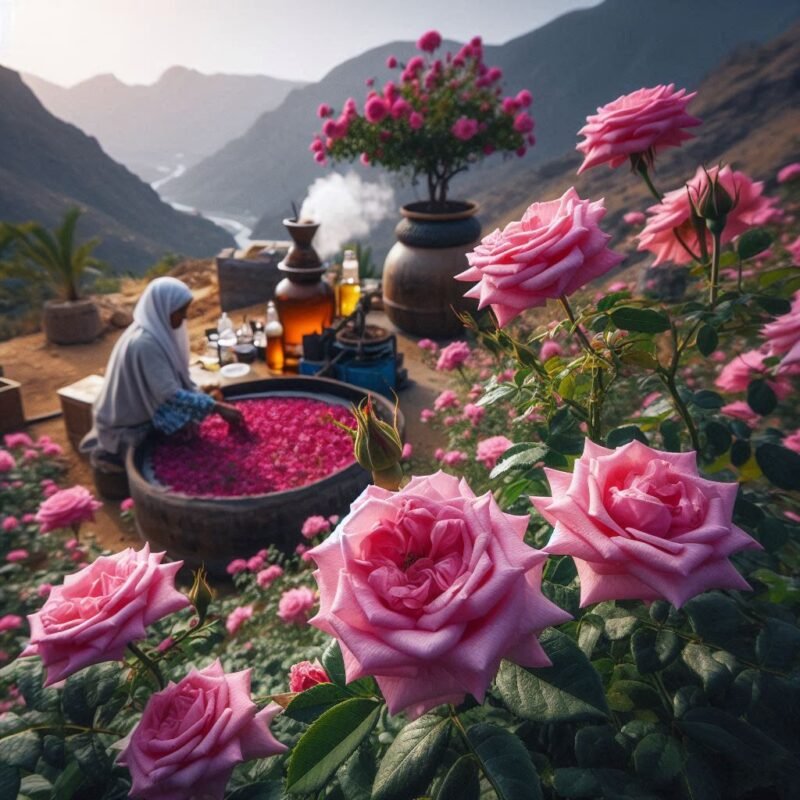
- Due to the high altitude, the area has noticeably cooler temperatures compared to the rest of Oman.
- Daytime temperatures typically range between 15°C and 25°C (59°F to 77°F), while nights can be chilly, especially in winter, when temperatures occasionally drop below freezing.
- This cooler climate allows for the cultivation of fruits such as pomegranates, apricots, and peaches, as well as the famous Damask roses used in rosewater production.
Cultural Significance
- Jebel Akhdar Oman is deeply intertwined with Omani history and culture. Its terraced farming systems, some of which date back thousands of years, are a testament to the ingenuity of ancient agricultural practices.
- The region is also known for its traditional rosewater distillation, a practice that has been passed down through generations and remains a vital part of local culture.
- Historically, Jebel Akhdar played a significant role during the Jebel Akhdar War in the 1950s, a conflict that shaped modern Oman.
How to Get to Jebel Akhdar
Road Conditions
Tours
Entry Permits
Top Attractions in Jebel Akhdar
Villages
- Al Ayn is known for its ancient stone houses and terraced farms.
- while Al Aqr boasts stunning views of the surrounding mountains.
- Saiq, the largest village on the plateau, is a hub for agriculture and rosewater production.
Wadis
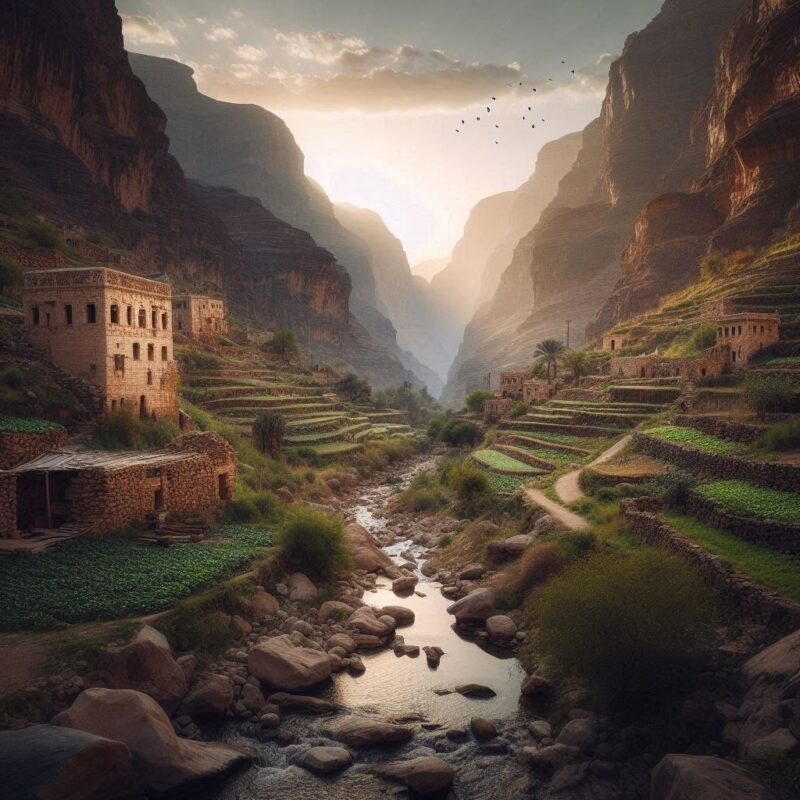
Viewpoints
- head to “Diana’s Point”, named after Princess Diana, who visited the area in the 1980s. This viewpoint offers a sweeping vista of the mountains and valleys below.
- Another must-visit spot is “Jebel Akhdar Viewpoint”, which provides a 360-degree view of the plateau and its terraced farms.
Agriculture
- Jebel Akhdar’s terraced farming systems are a marvel of ancient engineering and a testament to the region’s agricultural heritage.
- Rose harvesting takes place in spring, and visitors can witness the traditional distillation process used to produce rosewater, a prized local product.
Photography Spots
Hiking and Trekking in Jebel Akhdar
Popular Trails
- One of the most famous routes is the “Balcony Walk”, a relatively easy trail that takes you along the edge of a canyon with breathtaking views of Wadi Nakhr. it is ideal for beginners, with a flat path and minimal elevation gain.
- Another popular option is the “Wadi Nakhr Trail”, a more challenging hike that leads into the “Grand Canyon of Oman,” offering dramatic vistas and a sense of adventure. however, it requires a bit more stamina.
- if you prefer a longer trek, the “Saiq Plateau Trail” is best suited for experienced hikers due to its steep descents and rugged terrain.
Safety Tips
- Wear sturdy hiking boots
- carry plenty of water
- pack sunscreen, a hat
- a light jacket for cooler temperatures.
- Check the forecast before heading out, as weather conditions can change quickly in the mountains.
- For challenging trails or first-time visitors, a local guide who knows the area well to ensure your safety.
Flora and Fauna
- You may encounter juniper trees, wild olive trees, and fragrant Damask roses.
- The region is also home to wildlife such as the Arabian tahr, a rare mountain goat, as well as eagles and other bird species.
- Keep an eye out for these natural wonders as you explore the trails.
Where to Stay in Jebel Akhdar
Luxury Hotels
- The Alila Jabal Akhdar is a top choice, known for its elegant design, infinity pool overlooking the canyon, and exceptional service.
- Another excellent option is the Anantara Al Jabal Al Akhdar Resort, which combines luxury with adventure, offering activities like rock climbing and guided hikes alongside its lavish spa and dining experiences.
Camping
Eco-Lodges
Best Time to Visit Jebel Akhdar
Seasonal Weather
Rose Harvesting Season
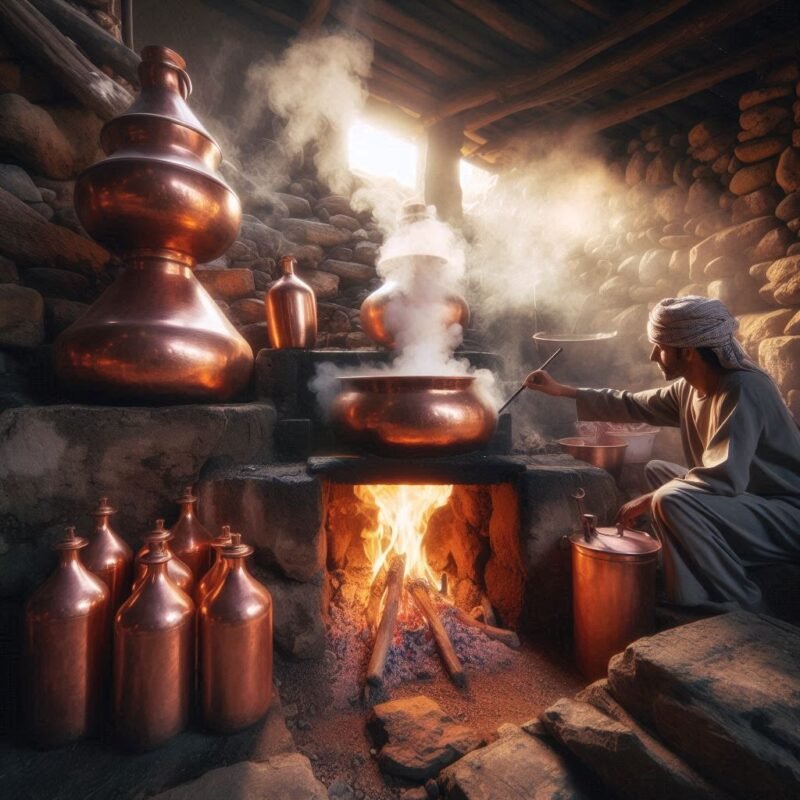
Practical Tips for Visiting Jebel Akhdar
- Warm clothing especially in winter.
- Sturdy footwear is a must for exploring trails and rugged terrain.
- Sun protection.
- Don’t forget your camera or smartphone to capture stunning landscapes.
- Stay hydrated, especially during hikes.
- carry snacks.
Local Etiquette
Respecting Omani culture and traditions is important when visiting Jebel Akhdar. Greet locals with a polite “As-salaam alaykum” (peace be upon you) and be mindful of their customs and way of life.
Transportation
Health and Safety
- The high altitude and dry climate can lead to dehydration, so drink plenty of water.
- If you’re not accustomed to high elevations, take it slow and allow your body to adjust.
- Be prepared for sudden weather changes, especially during winter months.
- Keep local emergency numbers handy and inform someone about your travel plans.

